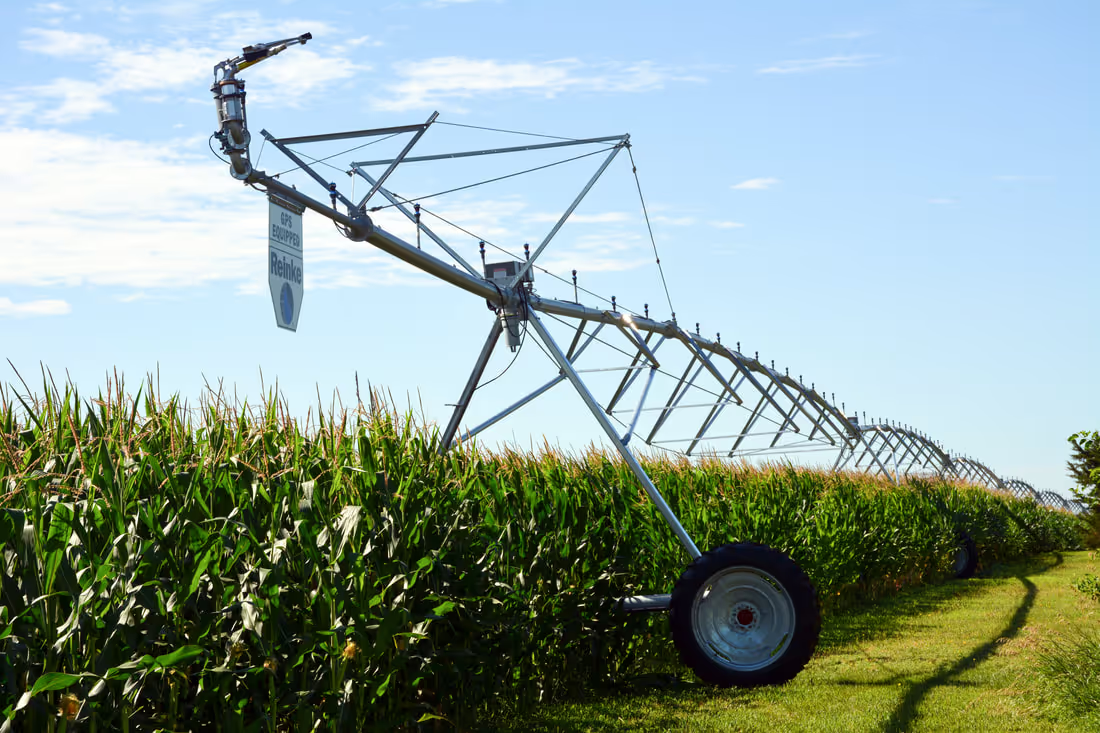OPTIMIZING IRRIGATION FOR SOD FARMING SUCCESS
The Role of Irrigation in Sod Production
Sod farming is a precise, time-sensitive agricultural operation that depends heavily on proper irrigation. Since its emergence in the mid-20th century, sod production has benefited greatly from advances in irrigation technology. Today, modern systems enable sod growers to deliver water with greater efficiency, consistency and precision, ensuring high-quality turfgrass and strong root development across fields. Center pivot and lateral move irrigation systems are often recommended for sod operations, with Reinke’s lightweight Alumigator® standing out for its ability to minimize soil compaction. This allows growers to irrigate effectively without sacrificing harvestable sod in the wheel tracks.
Sod Production and Water Needs
Sod is cultivated across the United States using various turfgrass species, which must be grown near the target market due to a 72-hour maximum window between harvest and installation. Typically planted from sprigs, small turfgrass plants with roots, sod requires anywhere from nine to 18 months of care before harvest. Some species regrow quickly after the first harvest, and growers often leave strips of sod or rely on underground rhizomes to support regrowth.
Regardless of turfgrass variety or region, irrigation is critical from the start. According to Koske (LSU AgCenter), immediate post-planting irrigation is essential, and soil must remain moist for seven to 14 days to allow sprigs to establish roots. Once sod is established, weekly water application can be reduced to 1.5 to 2 inches, combining rainfall and irrigation. In Louisiana, for instance, growers typically irrigate twice per week during peak growing season (April to September), with reduced irrigation in cooler months. Differences apply depending on species and region; Kentucky bluegrass, for example, requires consistent irrigation to avoid wilting and maintain density (Philocles et al., 2021).
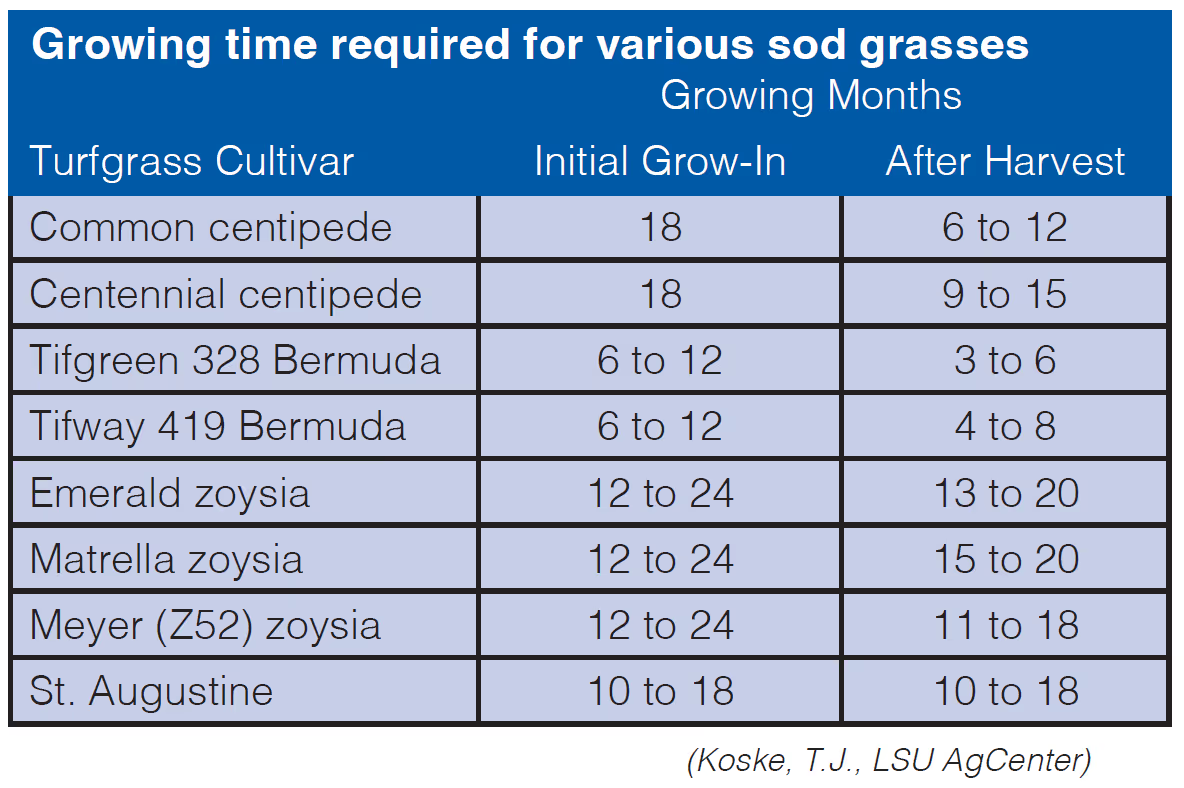
Smart Water Management Through Scheduling
Irrigation scheduling is the key to maximizing sod yield and quality. Rather than relying on visual cues or guesswork, effective scheduling uses science and data to determine how much water a crop needs and when. By estimating water availability in the root zone and tracking the crop’s daily water use, growers can irrigate precisely to maintain optimum conditions.
Dr. Stacia Conger, associate professor of irrigation engineering at Louisiana State University, believes that sod growers should use evapotranspiration (ET) data when scheduling irrigation. ET calculations change from day to day and include the amount of water transpired by the plant and evaporated from the soil, as well as weather variables such as solar radiation, wind, air temperature and humidity.
“There are many ways to go about this, but I prefer to use technologies such as soil moisture sensors or weather-based irrigation controllers that interface with the irrigation system and adapt the irrigation schedule for dynamic weather conditions,” she said.
Koske also recommends using ET data to plan sod irrigation. This information often is available from weather services or in-field sensors. Reinke offers Direct ET™ by CropX, the only commercially available technology that directly measures the actual evapotranspiration (ETa) of a crop. It is mounted on a center pivot irrigation system; and when combined with soil moisture sensors, this equipment adds a valuable set of information for irrigation planning.
Key Considerations in Irrigation Decisions
Several variables impact irrigation decisions. Soil type is especially important: fine-textured soils such as clay hold more water but may drain poorly, while sandy soils drain quickly and require more frequent irrigation. Excessively sandy soils can lead to poor sod quality, as the sand does not adhere well to roots. Loam and sandy loam are considered ideal for sod production, striking a balance between water retention and drainage.
Salinity management is another concern. Drought and high temperatures can increase soil salinity as water evaporates and salts remain behind. Irrigation with lower-salinity water, supplemented by gypsum (calcium sulfate dihydrate), can help flush salts from the root zone.

Choosing and Customizing the Right Irrigation System
Selecting an appropriate irrigation system is essential for efficient water use and crop success. Center pivot systems are widely used in sod farming due to their cost-effectiveness, low-pressure operation and user-friendliness. One potential drawback — soil compaction from wheel tracks — has been addressed by Reinke’s Alumigator®, the industry’s first successful aluminum pivot. Lighter than steel systems by up to 60%, the Alumigator reduces soil damage while maintaining performance.
Growers also may consider Reinke’s A-60G and A-80G models, which blend lightweight aluminum pipe with a galvanized steel structure for added durability and corrosion resistance. These systems are customizable and supported by Certified Reinke Dealers, who can tailor installations to suit specific field layouts and water needs.
Conclusion
Efficient irrigation is the cornerstone of productive, high-quality sod farming. From initial sprig planting to harvest, turfgrass depends on consistent, well-managed water delivery. Advances in irrigation scheduling, soil moisture monitoring and lightweight pivot design empower growers to meet the demands of their crops while conserving resources. With thoughtful planning and the right technology, growers can ensure healthy sod, satisfied customers and a sustainable farming operation.
References
Koske, T. J. (n.d.). Sod production in Louisiana. LSU AgCenter. Publication ID: 2904
Philocles, S., Torres, A., Watkins, E., & Patton, A. (July, 2021). Projected costs and returns associated with the production of Kentucky bluegrass: A study of economic feasibility in Indiana and Iowa. Purdue University Extension. extension.purdue.edu
.avif)
.avif)
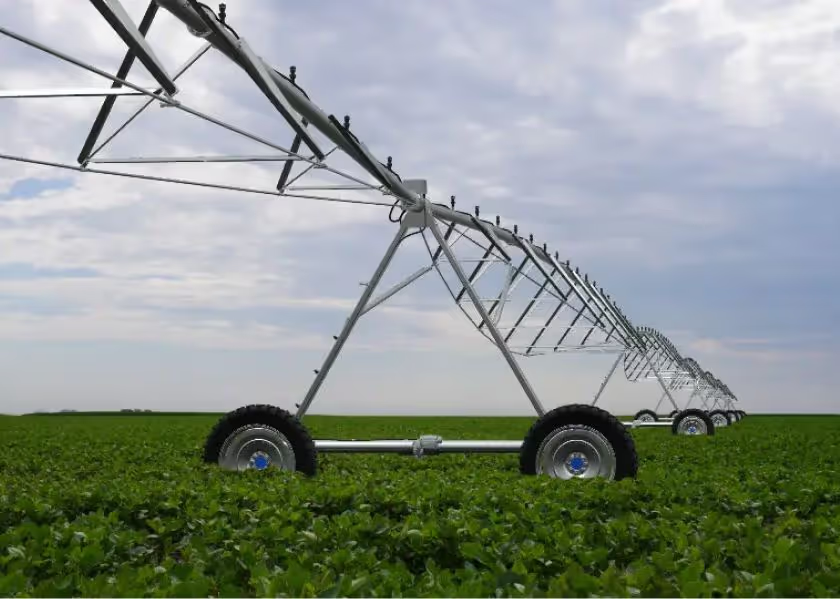
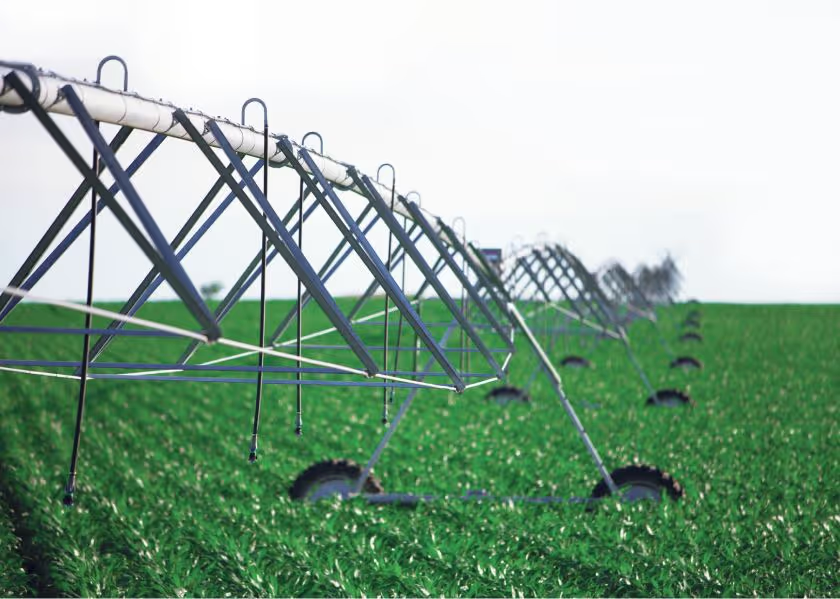

.avif)
.avif)

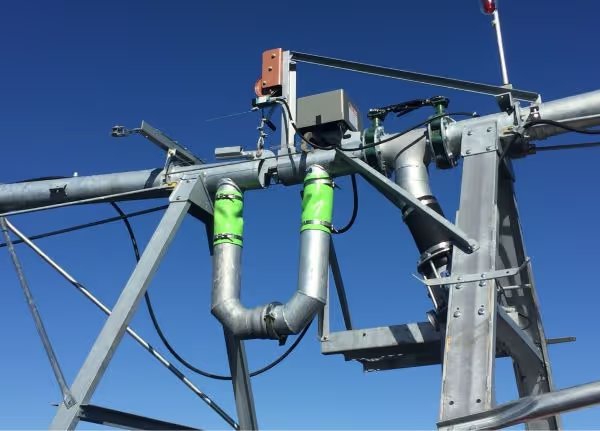

.avif)
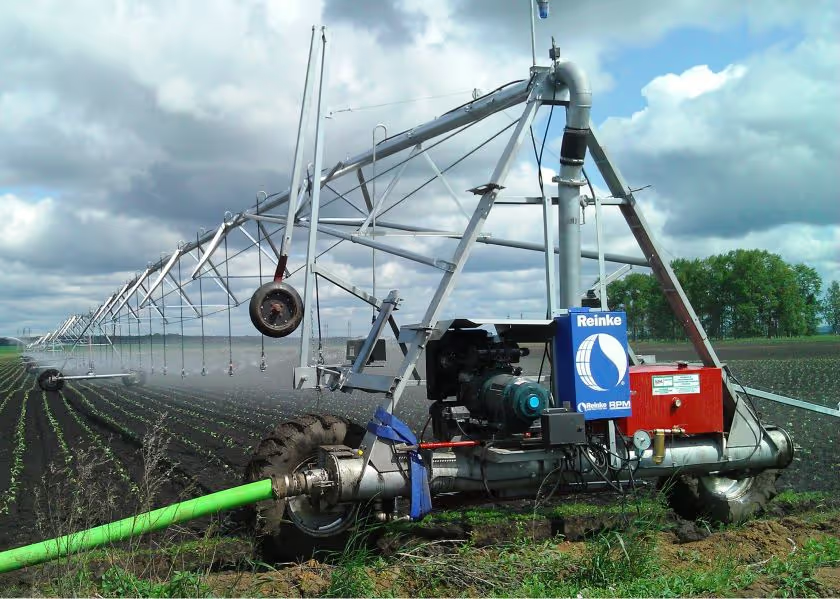
.avif)
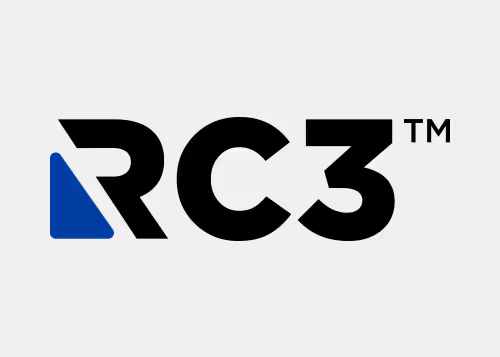
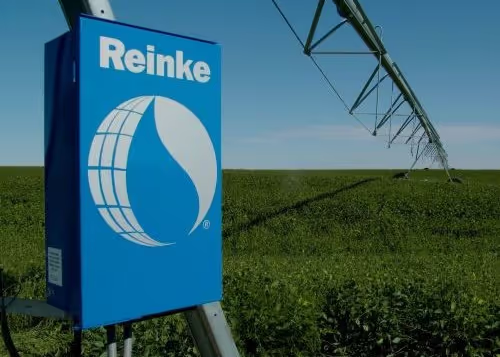
.avif)
.avif)



